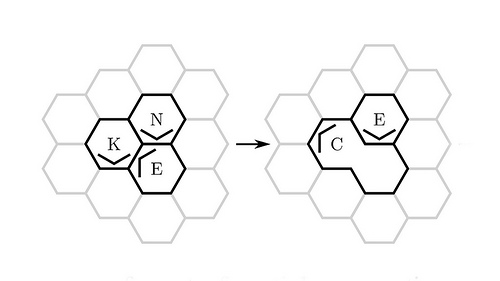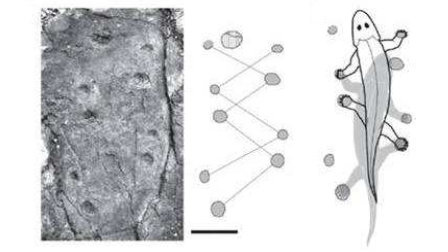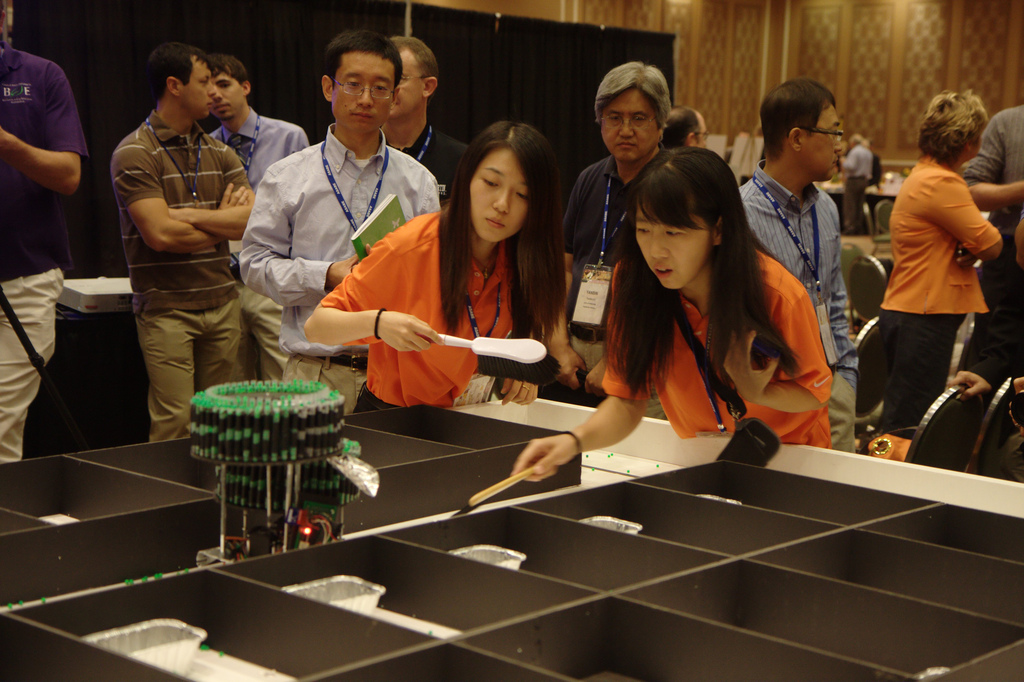Another year gone and it’s time to take stock of things done and make some plans for the new year. Do you want me list off a lot of goals and resolutions for 2012? I didn’t think so – too boring. How about if pull out my list of goals for 2011 and tell you some of the stuff I actually did. Things really done are always more interesting to read about.
After devoting a huge amount of 2010 to getting Dallas Makerspace off the ground, I took most of 2011 off from hackerspace managing. I attended meetings and helped out now and then but most of my time and interest went elsewhere.
In late January 2011, I joined a team of Camerpedia editors in saving the website from being assimilated by Wikia. We relaunched it under the new name Camera-Wiki.org. I developed quite an interest in Vivitar history and have been collecting many of the oldest Vivitar lenses; not just to document on Camera-Wiki but also to shoot with. Camera-wiki.org has been a huge success and has attracted lots of new editors. It’s growing at a faster rate than it ever did in it’s previous incarnation and we’re working hard to improve the quality as well as the quantity of the content. Hosting is paid for entirely through donation, so if you appreciate old cameras and lenses, why not help us out by donating a few dollars to our hosting fund!
I’ve continued to pursue photography in other ways. I did several more shoots with models in 2011. I did several paid shoots including a gig as the official photographer for the 2011 Vex World Championships. My photo essays continue to be published in Robot Magazine and Servo Magazine. One of my photographs was displayed in a local art exhibit, meeting another of my goals for the 2011. I hope to be in more exhibits during 2012.
Susan and I attended lots of art exhibits, music performances, and a few lectures. I managed to get to several Pecha Kucha and Spark Club events. Much more of the same for the 2012 I hope!
If you’re not an Advogato or robots.net user, you won’t really care but I finally managed to get the long-awaited libxml2 parser into the mod_virgule code base. It’s still a bit buggy but no more so than the old parser and it provides a good path forward for consolidating and simplifying the code. Whether mod_virgule can remain relevant in the world of Facebook and Google+ is another question. Perhaps 2012 will provide the answer to that one.
2011 was the year I finally created some ornaments for the annual Blue Yule charity auction at the MAC. I also volunteered at the 2011 Art Conspiracy Auction. That took care of two more 2011 goals. I hope to find a few more outlets for my artistic and creative sides in 2012.
As usual, there were goals I didn’t meet in 2011. I didn’t finish the project of scanning all my family photos. This has turned out to be much more material than I’d anticipated. I’ve scanned thousands of old photographs and negatives so far. Hopefully 2012 will see the scanning portion of the project completed.
2012 is an election year but with Obama running for his second term that means there is only going to be a Republican primary this year. I consider myself an independent but still feel compelled to vote in the primaries, which means this year I’ll be voting in the Republican primary regardless of how I vote in the final election.
At present I’m leaning toward Ron Paul for the primary vote. I don’t really like any of the choices but Ron Paul seems the least insane of the bunch and I think may be the only one of them who holds any positions at all that I actually agree with.
So for the next four years, the State of Texas will consider me a Republican despite my claim to be an independent. I’m pondering whether I should start going to my local Republican group meetings and see if I can do anything to reform them or shift them a bit toward the center or at least slow their movement toward the right-wing fringes. Unfortunately, I don’t think reason mixes well with the far right (or the far left for that matter). I’ll report on my experiences if anything interesting happens.




